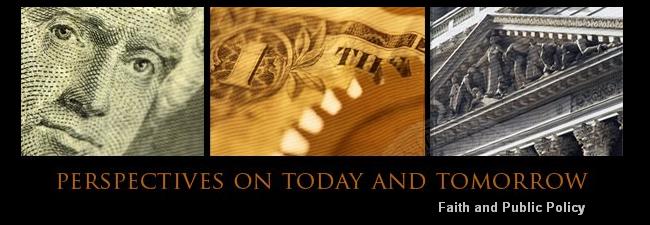“Organized public works, at home and abroad, may be the right cure for a chronic tendency to a deficiency of effective demand. But they are not capable of sufficiently rapid organisation (and above all cannot be reversed or undone at a later date), to be the most serviceable instrument for the prevention of the trade cycle.”
John Maynard Keynes, Collected Writings, vol. XXVII, Activities 1940-46, p.122 .
First Baron Keynes (1883 – 1946) was one of the most influential economists of the 20th Century. His ideas about economic theory and policy is referred to as Keynesian economics, and emphasizes the use of fiscal and monetary policy to manage the economy and address problems of recessions, depressions and booms.
One of the two main components of the policy approach advocated by the Obama Administration and now under consideration by the Congress is often referred to as a “Keynesian stimulus package”, a policy program intended to strengthen the deteriorating economy by quickly increasing government expenditure and lowering taxes. The magnitude of the fiscal package is huge, and is said now to exceed $900 billion. It consists of a wide assortment of separate measures ranging from tax benefits and relief through transfer payments of various kinds to states, localities, individuals, non-profits, and corporations to spending on civilian and
defense infrastructure.
In the discussions about the package it is often assumed that the various elements in the package will be implemented in short order and the beneficial effects from the spending and tax programs will be seen in the immediate months ahead. However, as Keynes himself notes, it takes time to draw up bills for consideration, debate and pass the necessary legislation, identify and allocate its various provisions to governmental units responsible for actually implementing the details, and then, finally, to begin to spend the money, where spending in any event must be spread out over time. Only a small percentage of the bill would be spent by the end of 2010.
Keynes did of course recognize that at the depth of a depression characterized by a collapse in aggregate demand major fiscal initiatives would be necessary to rescue the economy from its distress. But we are not in a depression and it is not clear that the central problem before the economy can be overcome by stimulating spending. And as above Keynes understood very well that major spending programs are not a useful way to stabilize an economy, for they take too much time to implement.
I doubt Keynes would refer to the current stimulus bill making its way through Congress as a “Keynesian stimulus package”. I think he would see the problem before the U.S. economy for what it is: A housing boom promoted by failed government policies; Reckless borrowing on mortgages, credit cards, auto loans by consumers; Low saving by a public on a consumption binge; Excessively rapid economic growth combined with an overvalued dollar that drove a rising current account deficit to the point where foreigners questioned its sustainability; An incompetent and overcompensated financial sector that ignored the excesses developing in front of their eyes; and A people utterly oblivious to the problems accumulating in their economy, their polity, and their daily lives.
And I think he would see that what is needed is not more consumption expenditure and government debt increasing the scope and power of government but a restructuring of the U.S. economy that focuses on employment and income creation in the private sector.



